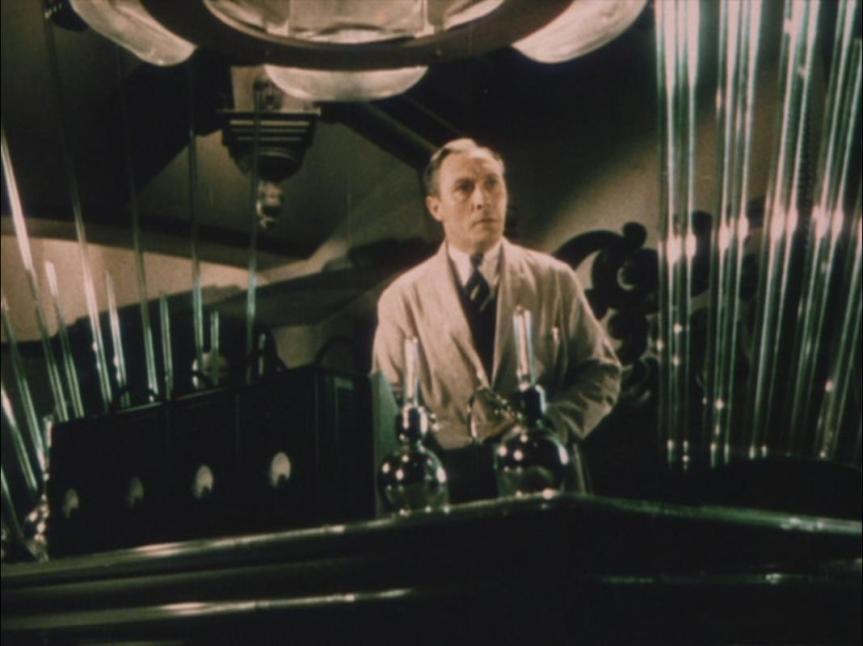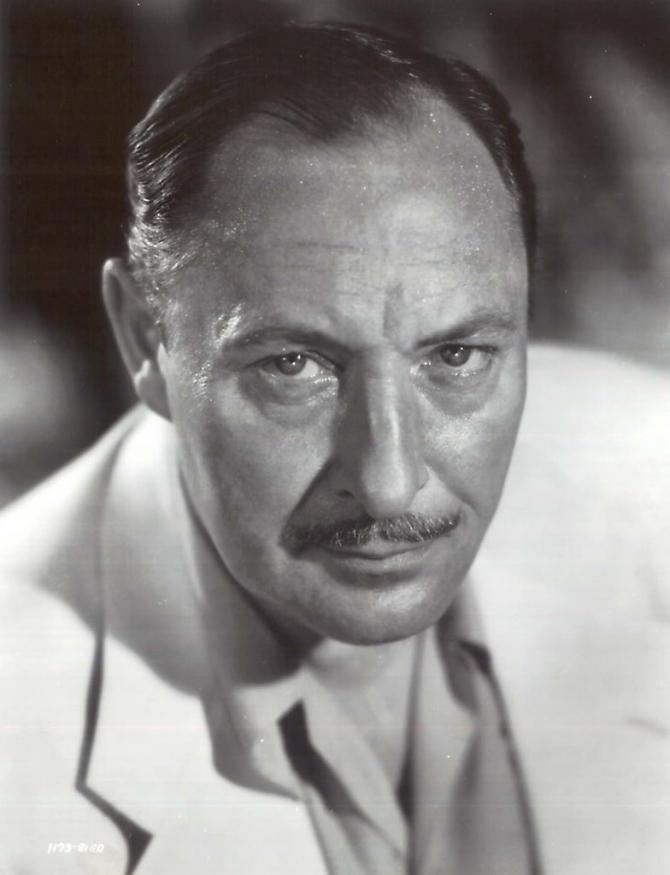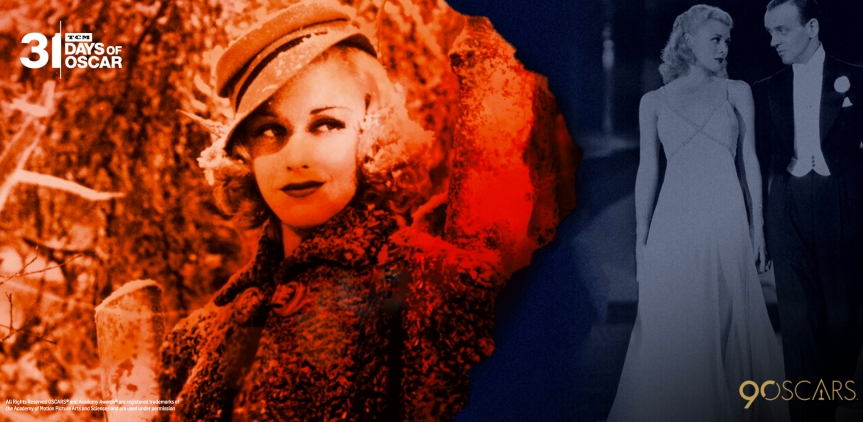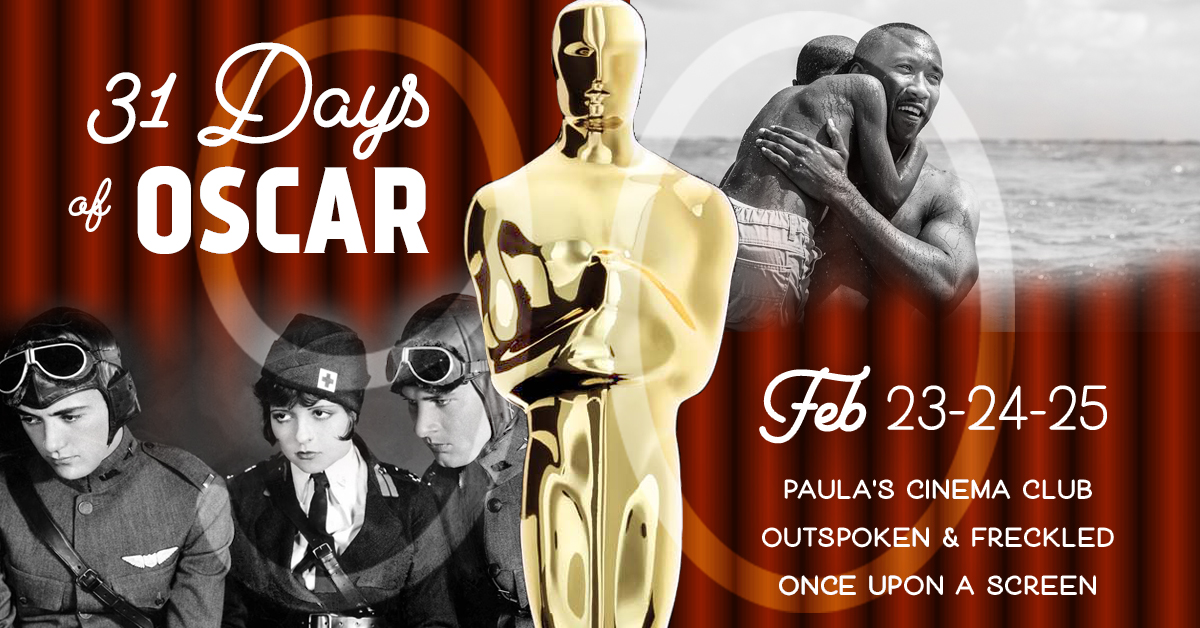George Brendan Nolan was born on this day in 1904 in Ballinsloe, County Galway, and he is today’s daytime star on Turner Classic Movies (TCM). Handsome and debonair, he had a complicated childhood and adolescence involving being orphaned, moving to New York City, going back to Ireland, and becoming a courier for the Irish Republican Army. Allegedly he got into acting with Dublin’s Abbey Theatre Players only as cover for his IRA activities. Learning that his arrest was imminent, he left for Canada and made his way to the U.S. and Hollywood. (I couldn’t make this up, it’s in his biography.)
Under contract with Warner Brothers throughout the 1930s and 1940s, Brent often appeared with some of my favorite actresses. He was a good match for their strong personas and once said that all he needed was a good haircut since the audience only saw the back of his head, something of an exaggeration. He was Bette Davis’ favorite leading man on-screen (and sometimes off), appearing with her in 12 features. He co-starred with Kay Francis in 6 films and with Barbara Stanwyck in 5. I feel like Brent is best known for 42nd Street (1933), The Purchase Price (1932), Baby Face (1933), and Luxury Liner (1948), and I haven’t seen all of his films, but here’s some lesser-known ones that I like (chronological order):
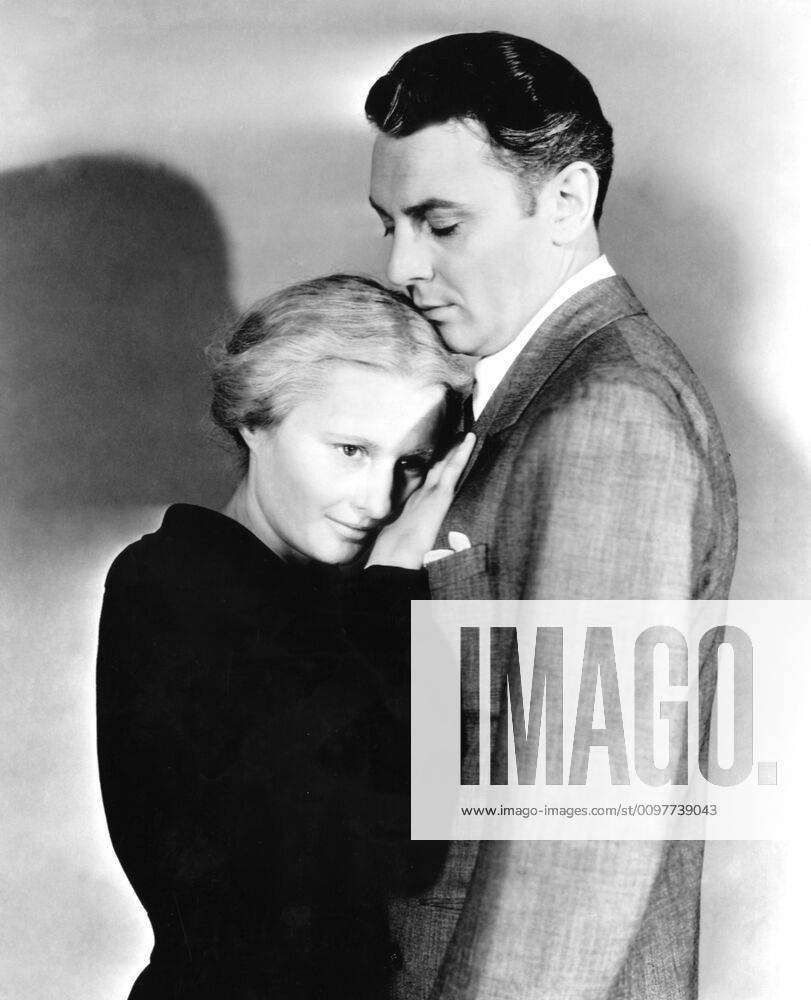
So Big! (1932) — A Stanwyck vehicle, Brent’s not in it much. He plays the grownup version of a boy inspired by his teacher (Barbara Stanwyck) in 1920s rural Illinois. Based on the novel by Edna Ferber, it captures a time and a way of life.

Miss Pinkerton (1932) — An old dark house rom-com in which ever-charming Blondell plays a nurse sent into a mansion where a man allegedly committed suicide, Brent is the cop who asks her to go in because he thinks it’s murder. Based on a novel of the same name by Mary Roberts Rinehart.

The Keyhole (1933) — Anne Brooks (Francis) is being blackmailed, but her husband thinks she’s having an affair. She decides to try to escape the situation by taking a cruise to Cuba so Hubby sends a private investigator Neil Davis (Brent) to catch her in the act of adultery. Complications ensue. (If this sounds a bit familiar, it might be because Romance on the High Seas partially resembles it.)
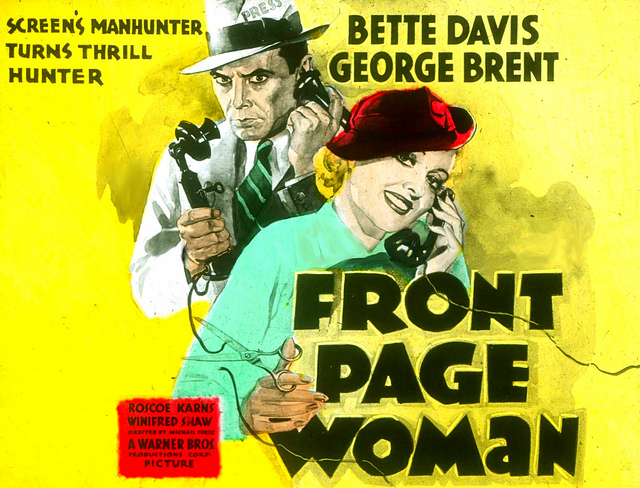
A great little comedy/mystery, Front Page Woman (1935) stars Davis reporting a story incorrectly and having to fix it. Brent is her editor who thinks women don’t make good reporters, but of course, he is wrong.
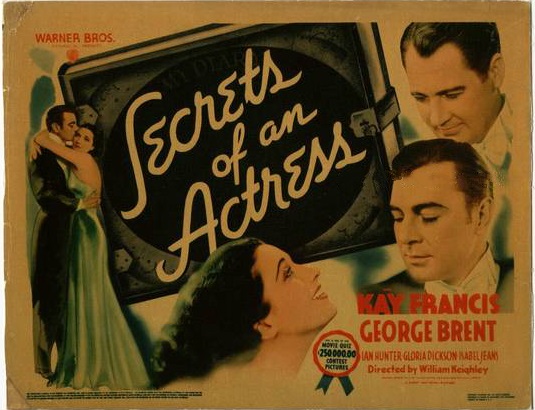
Secrets of an Actress (1938) An actress (Francis) is seeking funding for her next show. She meets two architects (Brent and Ian Hunter). One agrees to back the production; both are in love with her.
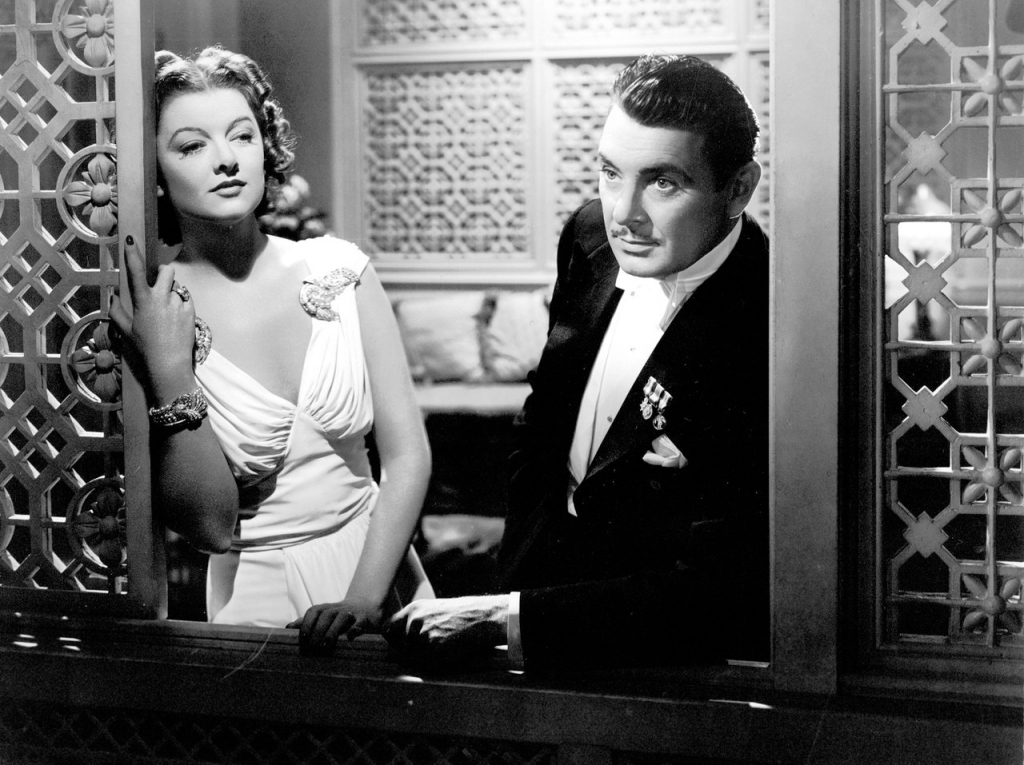
The Rains Came (1939) — During a worse-than-usual rainy season in India, Tom Ransome (Brent), a mellow aristocrat, and ex-flame of Lady Edwina Esketh (Myrna Loy), is dealing with a sheltered teenager (Brenda Joyce) who has a crush on him and helping his best buddy, a surgeon who will one day rule India (Tyrone Power). Great-ish performances, high production values, and stunning cinematography make for a quality film.
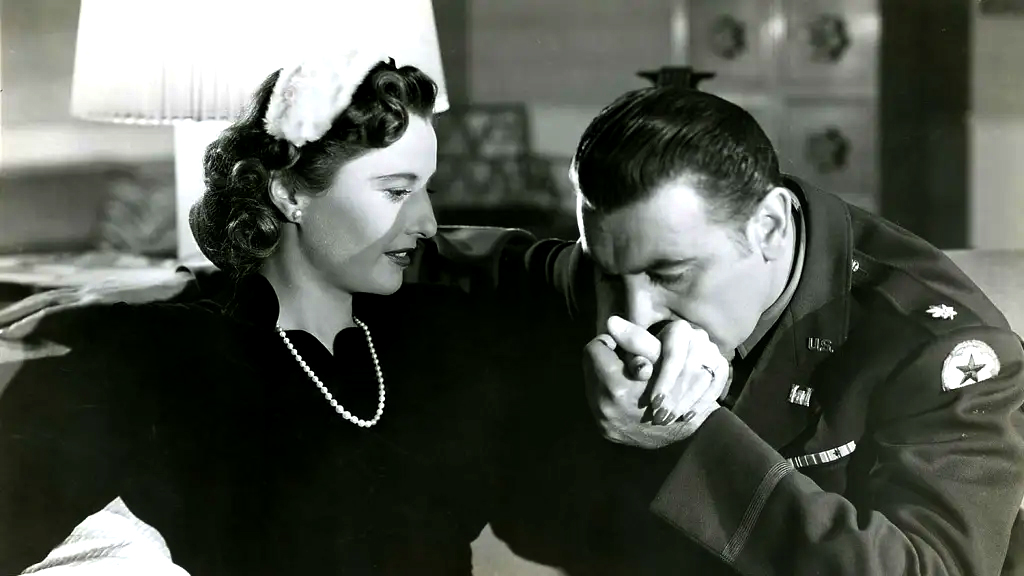
My Reputation (1946)— Widow Jessica Drummond (Stanwyck) challenges the social norms of her stuffy mother, bratty kids, and snobbish social set when she meets Major Scott Landis (Brent). Quietly revolutionary in its assertion that a woman should live for herself.
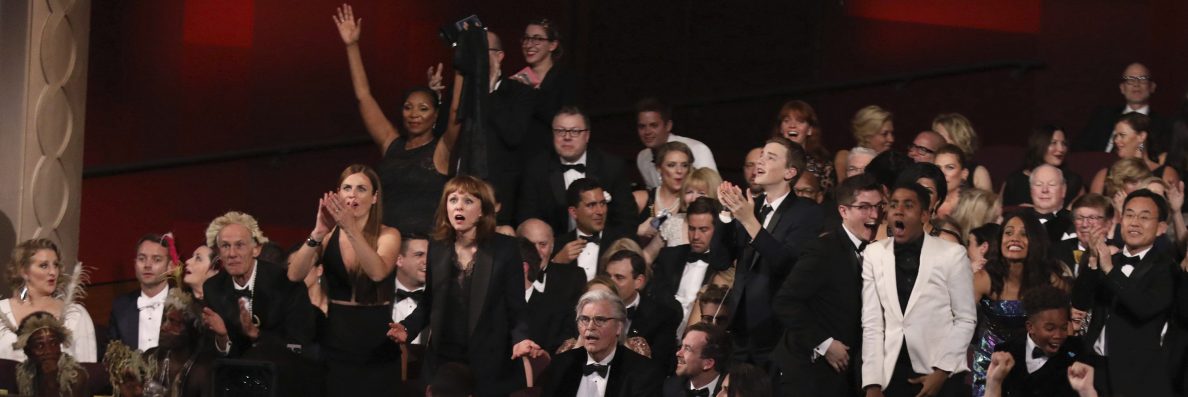
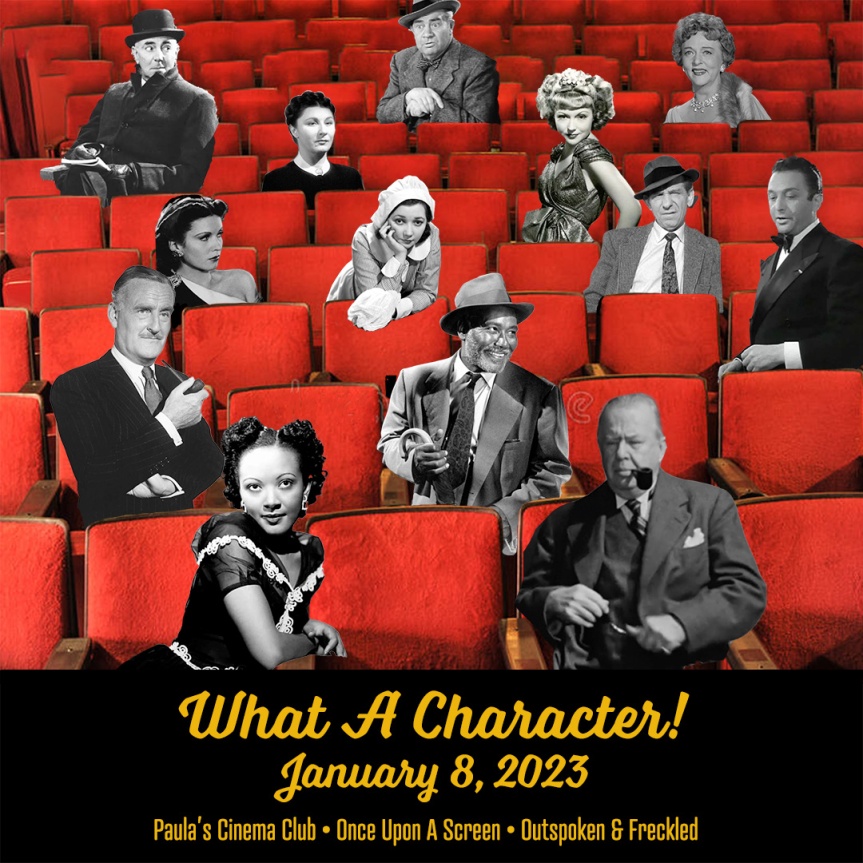


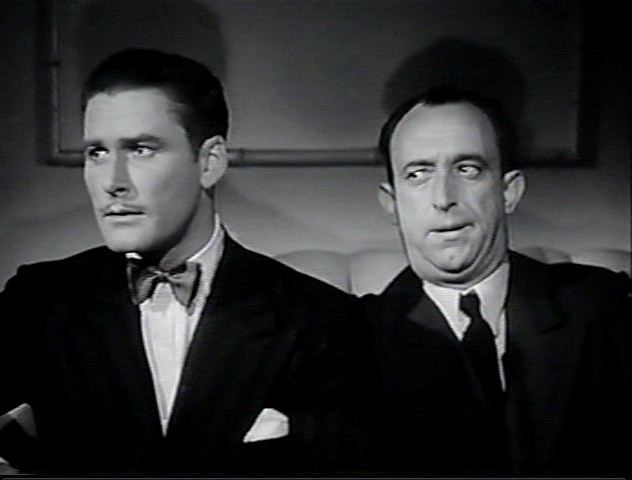
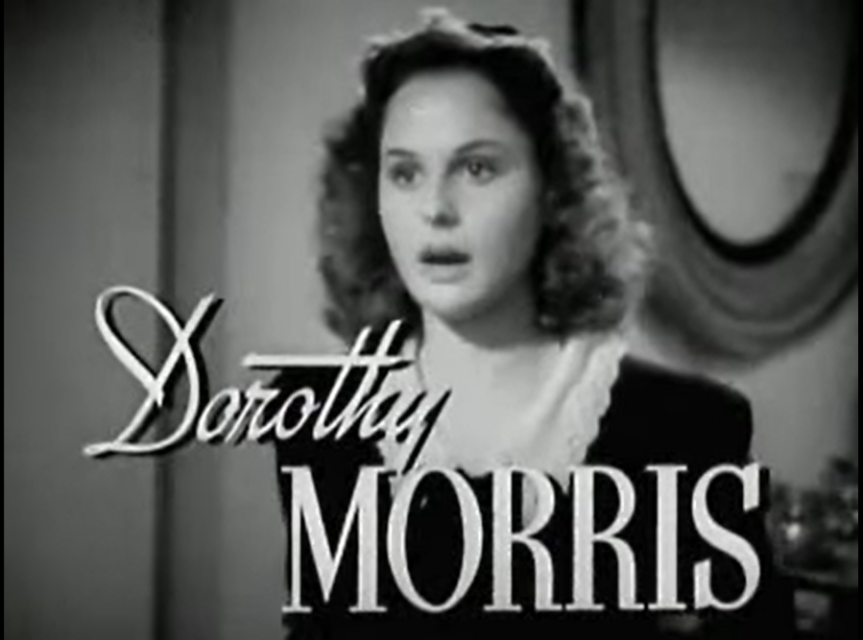
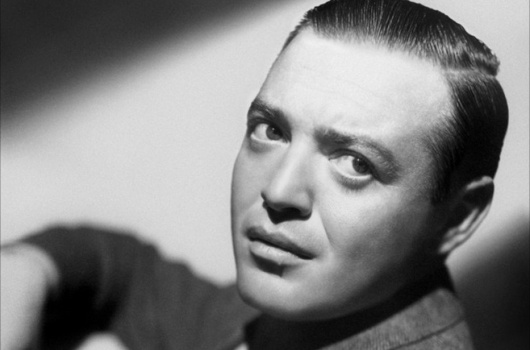

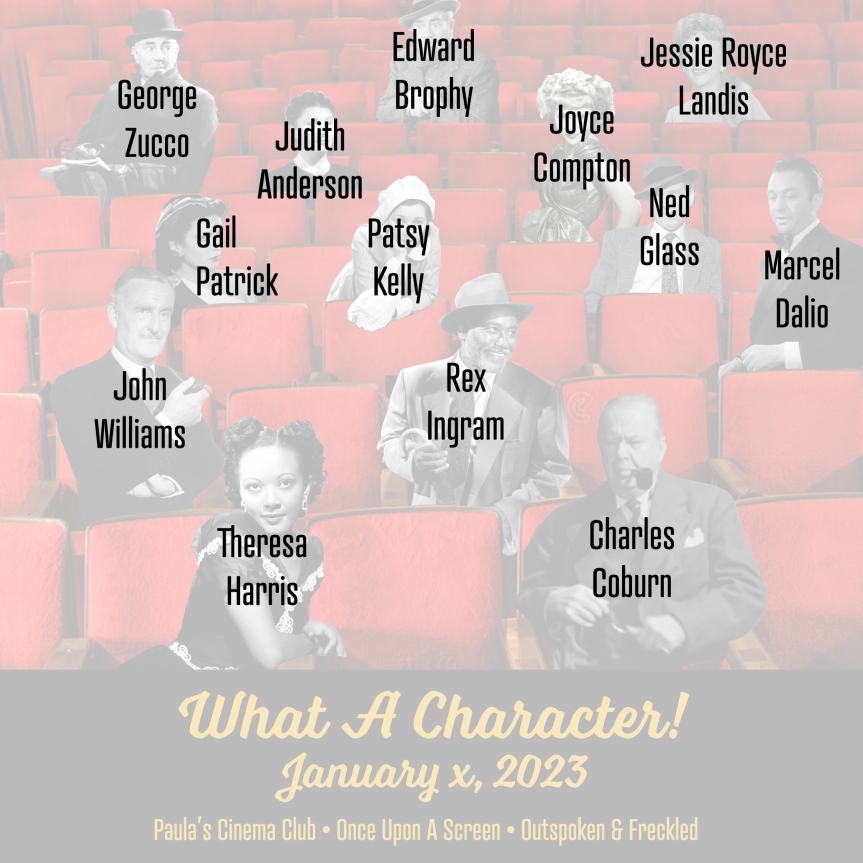
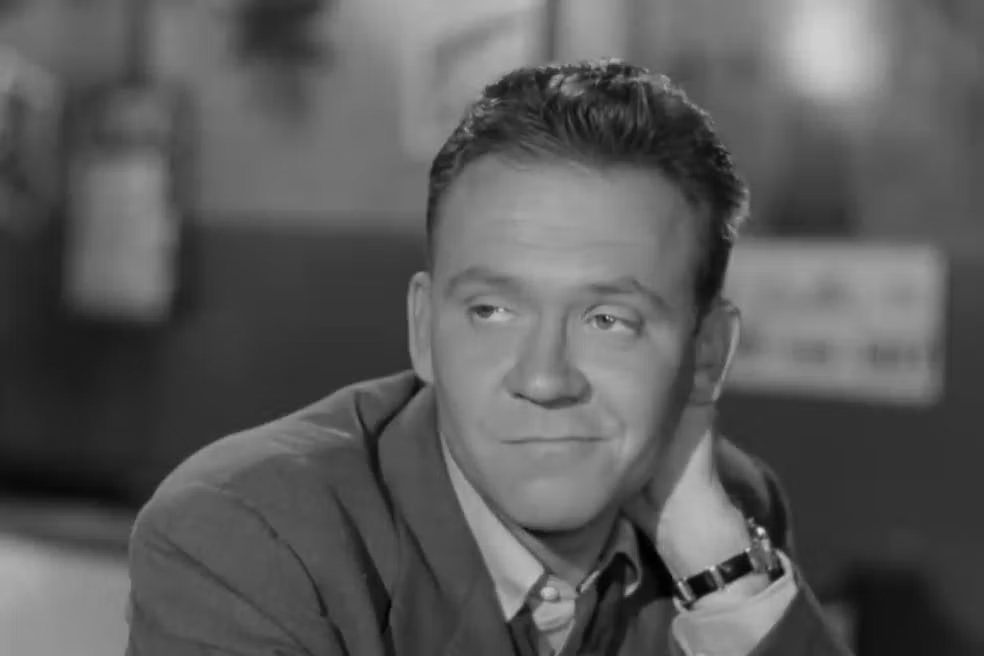
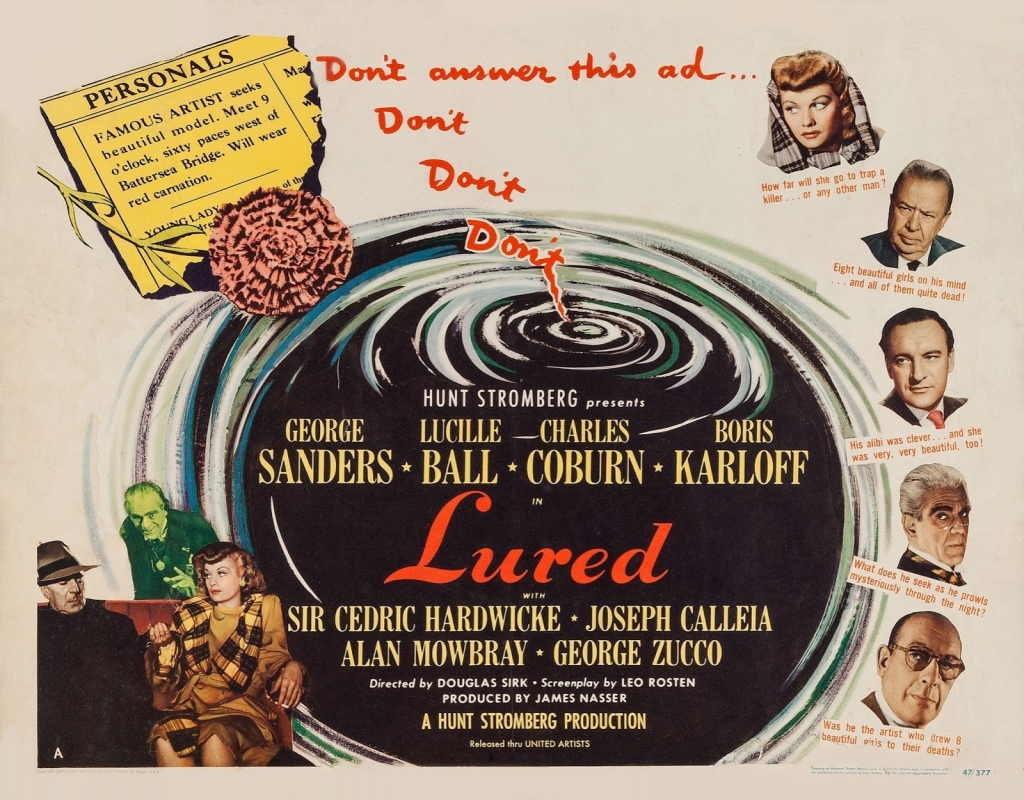
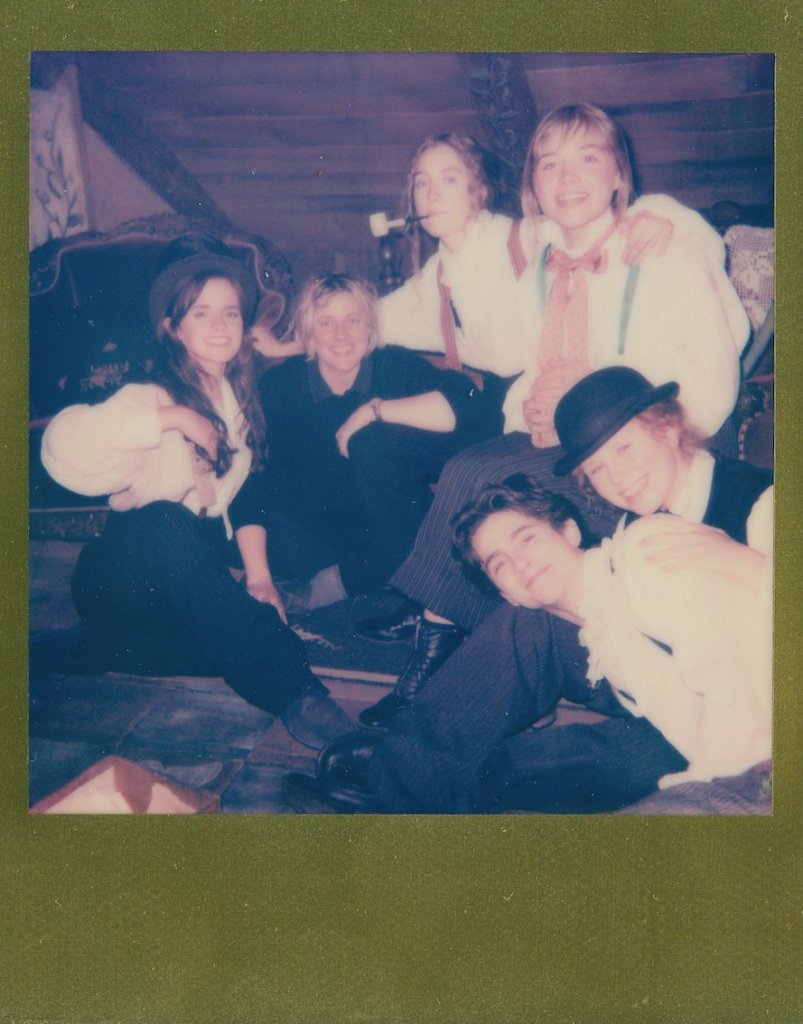
 From left: Meg March, Greta Gerwig (director), Jo March, Amy March, Beth March and Laurie (Theodore Laurence).
From left: Meg March, Greta Gerwig (director), Jo March, Amy March, Beth March and Laurie (Theodore Laurence). 





